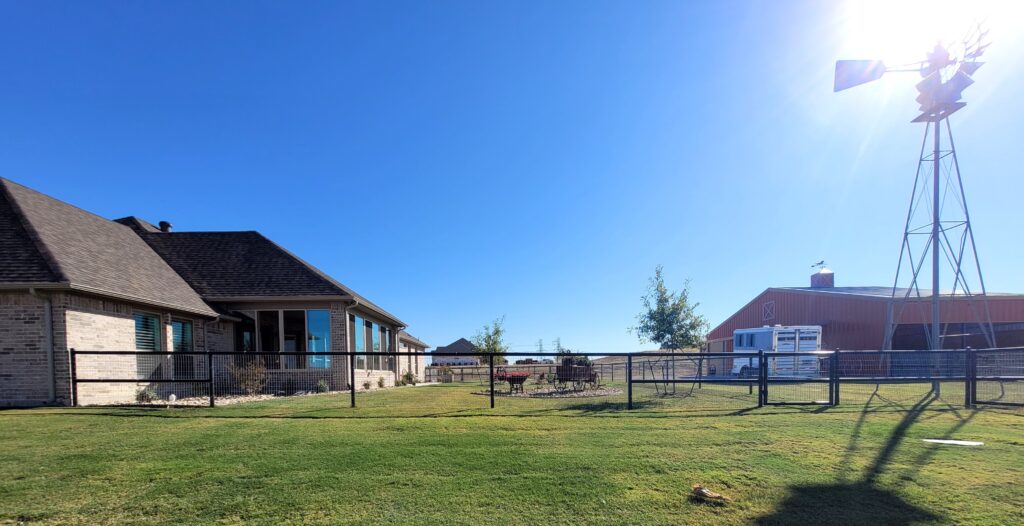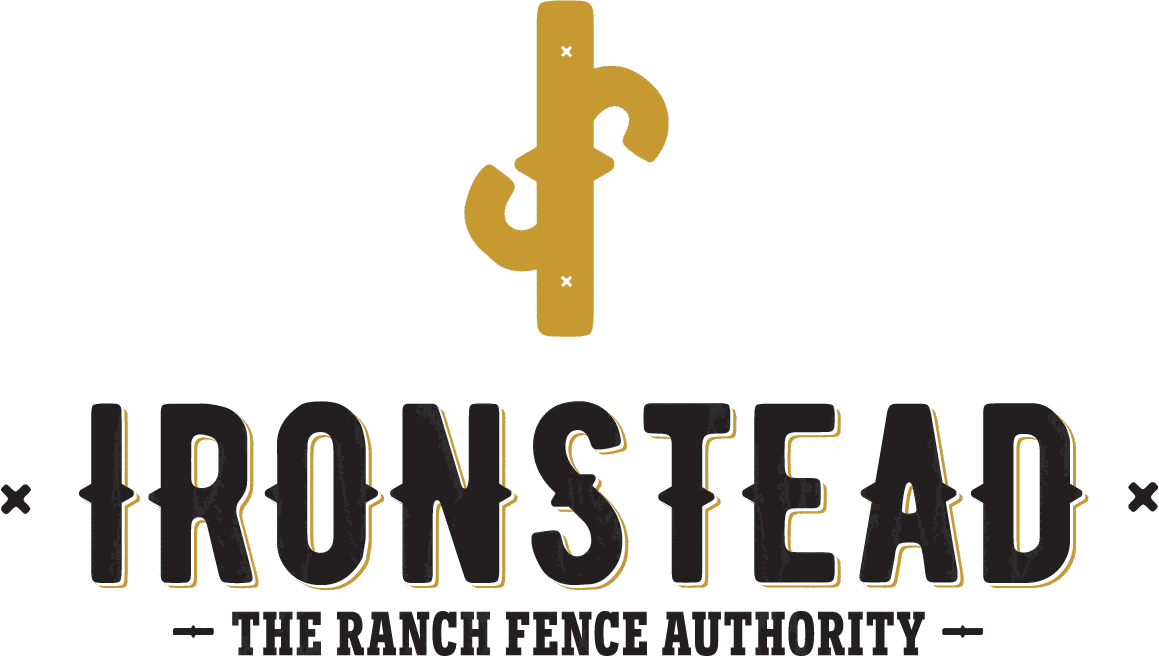
Title: Essential Maintenance Guide for Pipe Fencing with Non-Climb Wire
Non-climb wire is a popular fencing choice for properties trying to keep in livestock, horses, or dogs. While it proves effective in these areas, it does require regular maintenance to ensure long-lasting durability.
-
- Routinely inspect the fence. When you inspect, you are looking for rust, corrosion, loose or damaged wire, and bent or broken posts.
-
- Prevent rust. While our fences can last a lifetime unpainted, if your fence is painted it is always better to keep the rust at bay. You can do this by sanding off the rusted areas and applying a rust-inhibiting primer and protective coat of paint or sealant designed for metal surfaces. You can continue to apply a protective coating every few years to help guard against future rust.
-
- Adjust the tension with a fence stretcher. Over time, fence wire can lose tension due to weather changes or pressure from animals.
-
- Clear vegetation. Vines and tall grass growing into the fence can damage or put unnecessary pressure on the wire. You can trim back plants growing along the fence line and regularly mow and clear weeds to keep the area around your fence open and accessible.
Tip for Longevity
-
- Keep a maintenance schedule. Mark your calendar to do periodic inspections. You may want to check more often during the growing seasons, like spring and summer. The vegetation is easier to maintain when done more frequently.
